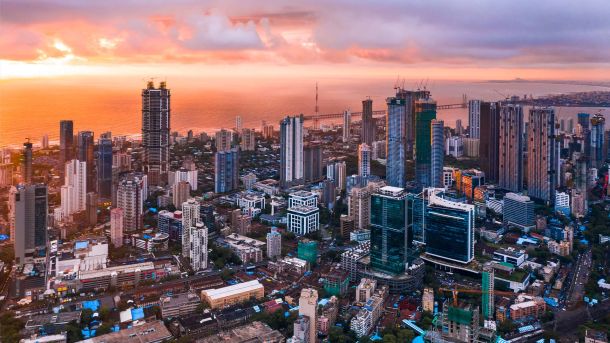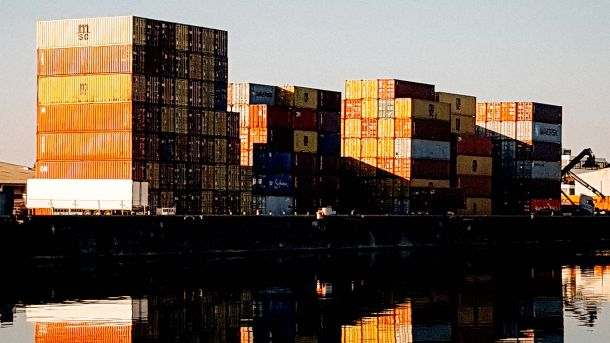The rise was predominantly attributed to:
- Housing and Utilities: Up by 4.3%, contributing 1.0 percentage point.
- Food and Non-Alcoholic Beverages: Increased by 5.2%, adding 0.9 percentage points.
On an annual basis, inflation for goods edged up slightly to 3.1%, compared to 3.2% in July, while services inflation remained steady at 3.6% for August 2025. Although the pace of price increases has slowed, inflation continues to erode household purchasing power across South Africa, albeit at a reduced rate. As a result, many families are increasingly relying on short-term credit to sustain their lifestyles and consumption patterns. This dependence heightens their vulnerability to fluctuations in interest rates and currency values, which can influence domestic prices.
During its July meeting, the Monetary Policy Committee (MPC) decided to lower the interest rates. The outcome of the September interest rate decision, which will be announced later this week following the latest inflation data, is highly anticipated. It is expected that the South African Reserve Bank (SARB) may opt to keep interest rates unchanged for the month, despite the slight decline in consumer inflation from July to August. This approach could reflect the Bank’s cautious stance on inflation and price stability amid ongoing economic uncertainties, such as the 30% US trade tariffs impacting South African exports. These uncertainties could also influence the Rand’s exchange rate against the US dollar, as more data from August and September becomes available. The SARB may therefore adopt a “wait-and-see” approach to supporting the Rand and maintaining domestic price stability in the short to medium term.
The interest rate reductions implemented in late 2024 and early 2025, along with the July rate cut, are expected to stimulate demand by increasing household disposable income after interest payments, potentially fostering overall economic growth. This is supported by the latest economic growth figures of 0.8% released by StatsSA.
Despite this positive outlook and the slightly above-market expectation growth for the second quarter of 2025, the Reserve Bank remains cautious due to ongoing global uncertainties. Concerns such as inflation, the US-China tariff dispute, and potential additional tariffs on BRICS nations could impact price stability. Future interest rate decisions are likely to be influenced by factors such as moderate inflation, sluggish economic growth, improvements in electricity supply, and positive market sentiment.
Ultimately, maintaining price stability and safeguarding the domestic value of the Rand remain priorities as South Africa navigates the second half of 2025.





